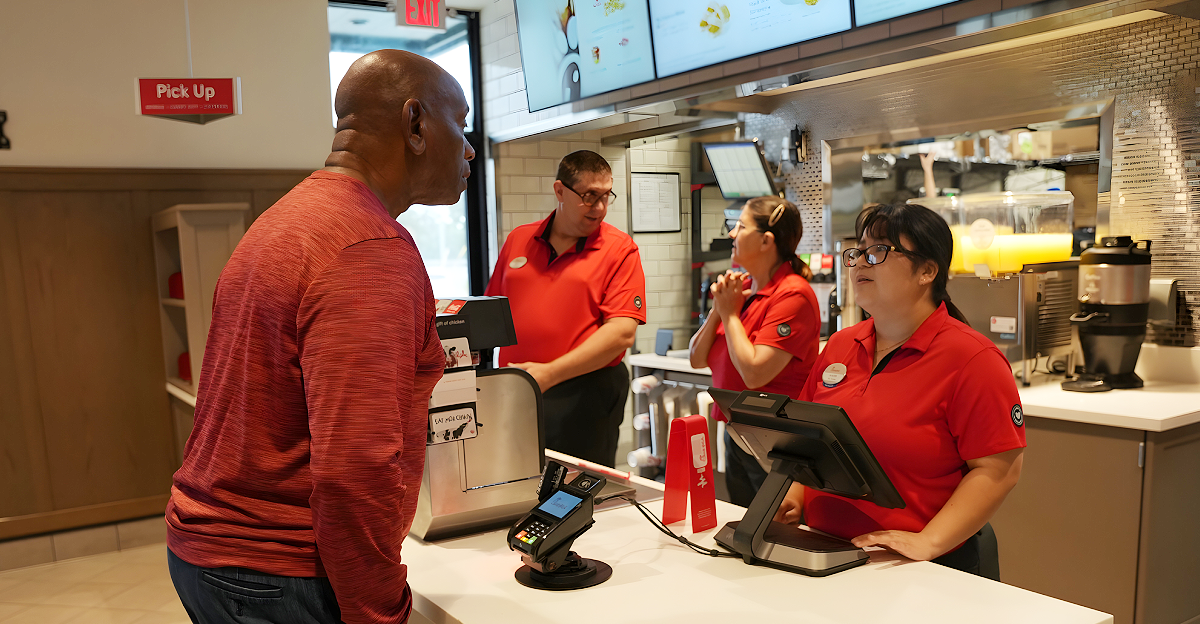
Fast food lovers, brace yourselves: new laws are pushing menu prices through the roof. A wave of state regulations — from bans on Styrofoam takeout containers to steep new wage mandates — is set to make burgers, fries, and shakes more expensive. In Delaware and Virginia, chains must switch to costly eco-friendly packaging instead of cheap foam.
Meanwhile, in California and elsewhere, minimum wage hikes and new staffing rules for restaurants add up to pricier meals. The result? Your fast-food tabs will start creeping higher this summer, far beyond the usual inflation pinch. These changes hit your wallet at the drive-thru.
Why are prices rising
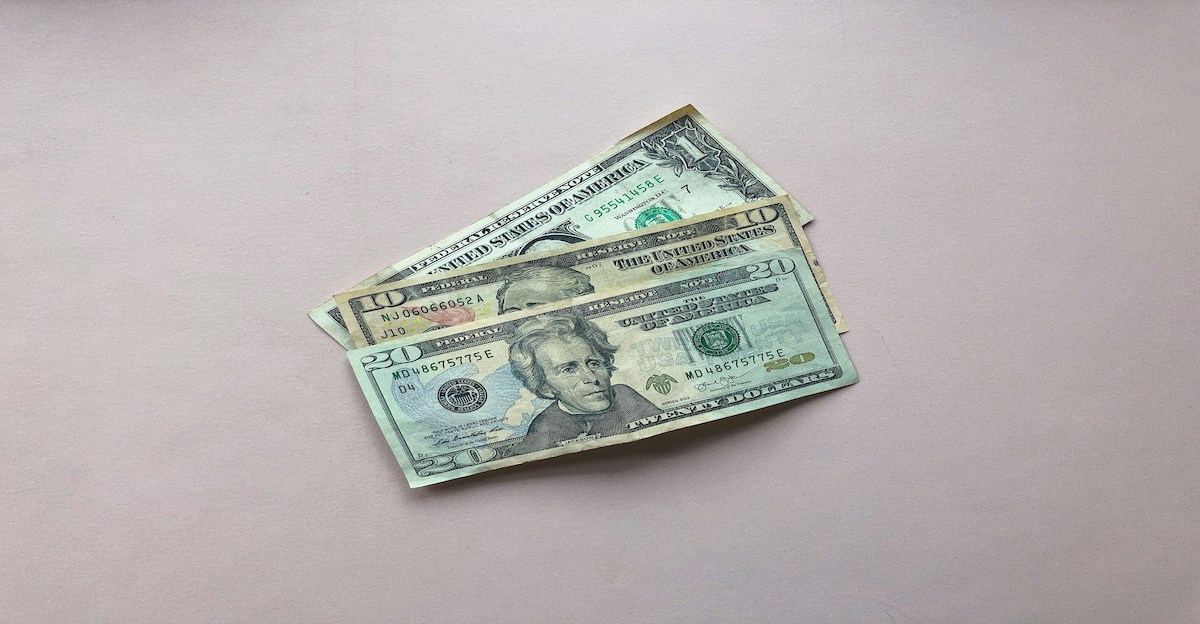
Legislators are behind this squeeze. Delaware just outlawed all Styrofoam food containers, joining California, Oregon and other states with similar bans. Foam used to insulate a takeout meal for roughly 14¢ each, whereas mandated biodegradable clamshells cost about 25¢ apiece. At the same time, many states have imposed wage hikes on restaurant workers.
California in 2024 raised its fast-food minimum to $20/hour, and others are pushing toward $15. Between costlier packaging and bigger payrolls, restaurants face much higher input costs — costs they’ll have to pass on in the form of higher menu prices.
Leaner meals, larger bills

And customers can already feel it when ordering. Many chains are quietly trimming portions or adding nickels to your ticket. For example, a McDonald’s Quarter Pounder with cheese averaged $5.39 this year — about 20% more than its $4.49 price in 2019. Even a Big Mac combo now costs ~$5.58 on average, up more than 10% since 2020.
You’ll often get smaller fries or fewer nuggets for the same price. Even “value” meals aren’t what they used to be: yesterday’s $5 specials have vanished or shrunk.
Chains change course
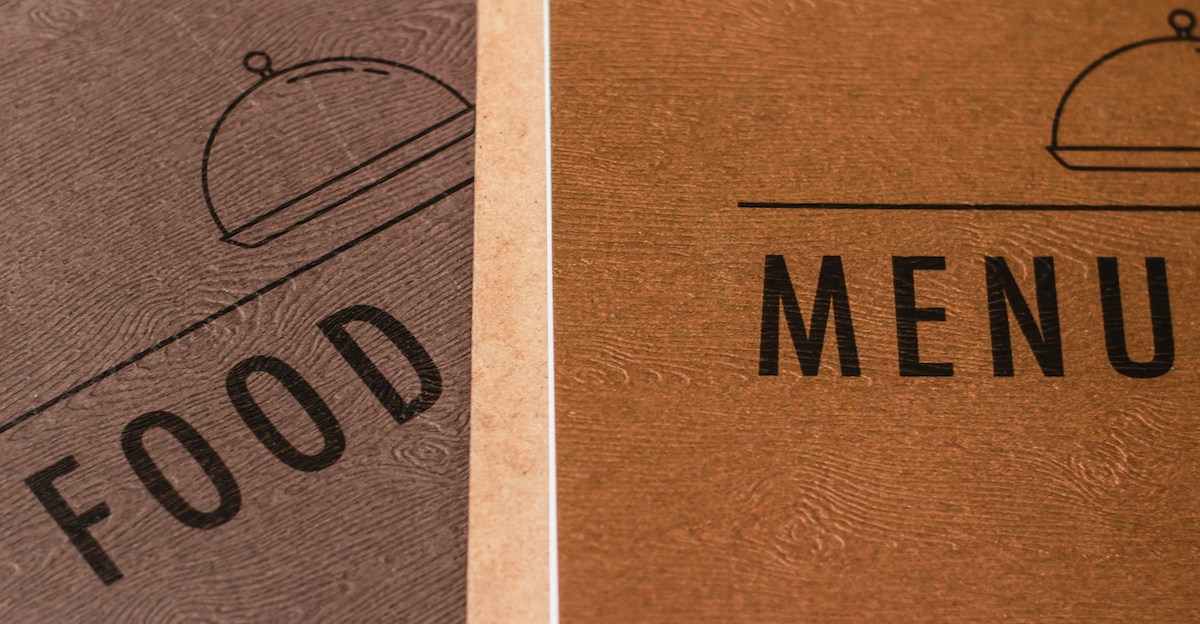
Fast-food chains are responding by tweaking menus. Many are rolling out new value deals to retain customers — McDonald’s revived a $5 Meal Deal (with a choice of McDouble or McChicken plus fries and drink) through summer 2025, and Taco Bell, Wendy’s and others launched similar $5–$7 combo boxes. But at the same time, base menu prices are quietly climbing.
McDonald’s CFO recently admitted the chain raised menu prices about 10% in the last year. Chipotle and other chains have likewise said they’ll need to hike prices in high-wage states to cover labor costs.
Alternatives get a boost
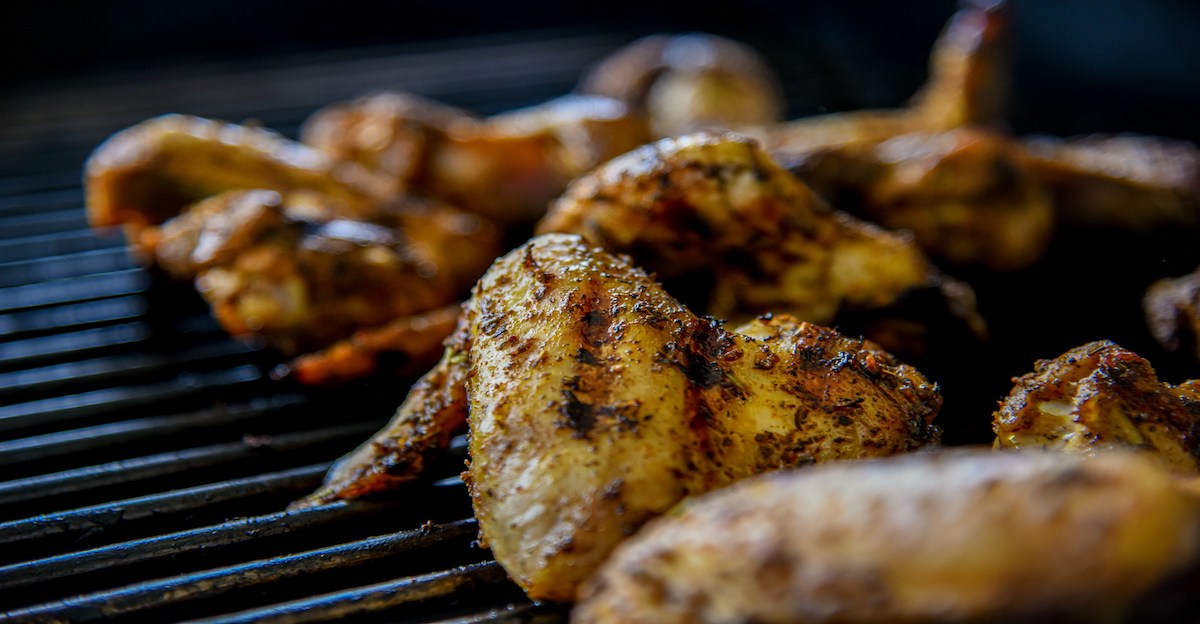
With burgers getting more expensive, many diners are shifting to cheaper fare. Grilled chicken sandwiches, fish tacos and salads are seeing stronger sales at fast-food counters since they often cost less to make. Plant-based options have also expanded (though they can carry their own premium). Notably, a 2024 survey found that 78% of Americans now view fast food as a “luxury” purchase and many report cutting back.
That means more families are cooking at home or turning to budget-friendly grocery items (like rotisserie chicken or pasta dinners) in place of a daily drive-thru habit.
Supply chains feel the strain
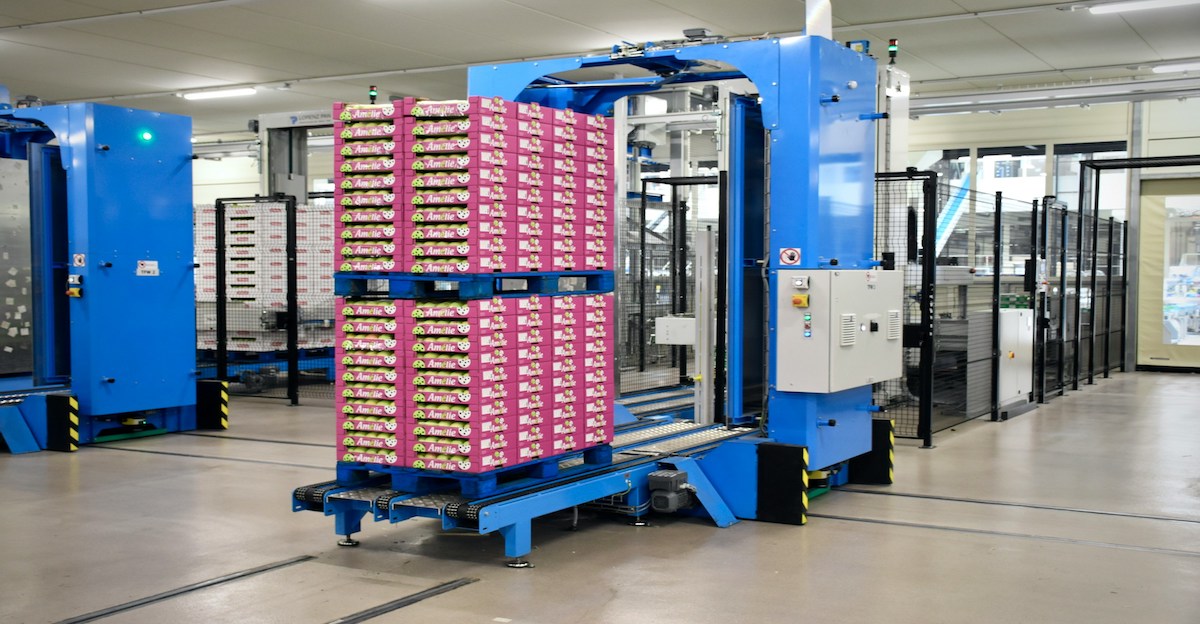
The shockwaves reach beyond the restaurant. Suppliers of packaging and ingredients are scrambling to adapt. Factories that once churned out foam clamshells are retooling to make paper-based boxes and compostable cups. Corrugated paper and plastics markets are responding to new demand for earth-friendly containers. On the food side, farms and co-ops supplying corn (for bags) or potatoes (for fries) may see demand shifts if menus change.
Even waste haulers are adjusting: municipalities that used to dispose of foam are now processing compostable waste.
Restaurant owners speak out
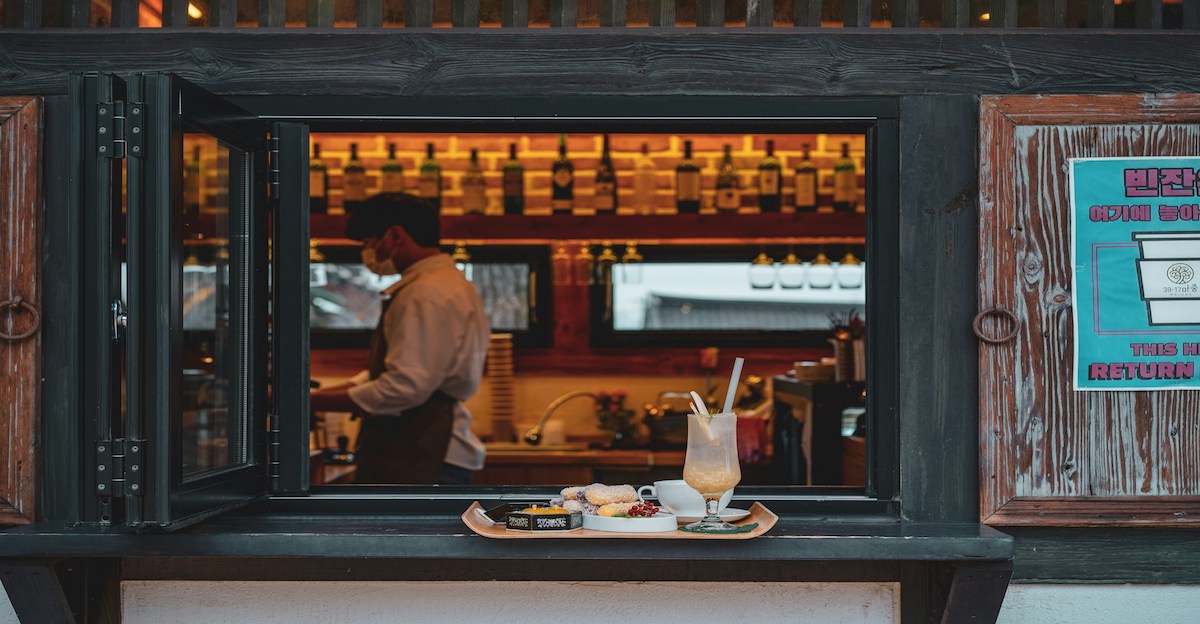
On the ground, restaurant operators are voicing concerns. Many small- and mid-size franchisees warn that higher labor and packaging costs will squeeze already-thin profits. In California, a group of McDonald’s franchisees even funded a political committee to target lawmakers who backed the $20 wage law, arguing it would “kill jobs” and customers.
Independent burger shop owners in the affected states say they may have to cut hours or close if margins vanish.
Capitol scramble

Lawmakers are scrambling for solutions. In Sacramento, Republicans are pushing to weaken California’s law and have demanded an investigation after reports of a possible conflict of interest. Across the country, legislative aides say they’re monitoring which states’ policies hurt or help consumers. Some governors and legislators are beginning to discuss targeted relief: proposals for tax credits or subsidy programs for small restaurants have surfaced in a few state capitals.
Congress itself has not enacted any fast-food-specific relief yet, but industry lobbyists are asking for tax breaks or grants for eateries hit by the new rules.
How to cope

In the meantime, shoppers can take some steps now. Hunt for deals: chains will likely promote limited-time specials and loyalty coupons to cushion the hit. Consider sharing combos or swapping large fries for small ones to control costs. Use mobile apps and cash-back apps for extra savings. Also, plan meals strategically: buy bulk groceries (eggs, pasta, canned goods) when on sale to offset pricey dinners out.
Simple shifts help — for example, ordering water instead of soda or cooking at home a couple of nights per week can stretch your budget. Think of fast food as an occasional convenience rather than the default dinner choice.
Looking ahead

This is more than a short-lived trend. What starts with a burger order can affect your whole food budget. Over the next year, expect menu prices to stay higher than they were, even if inflation cools. On the plus side, higher wages mean workers have more spending power, which could support restaurants in the long run.
But for now, restaurants and consumers will feel this pinch. Savvy diners will hunt for value, and chains will keep experimenting with meal deals. Ultimately, the era of ultra-cheap drive-thru meals is fading. Your fast-food experience may become a bit more “green” and a lot more expensive, so keep an eye on those menus and plan accordingly.
